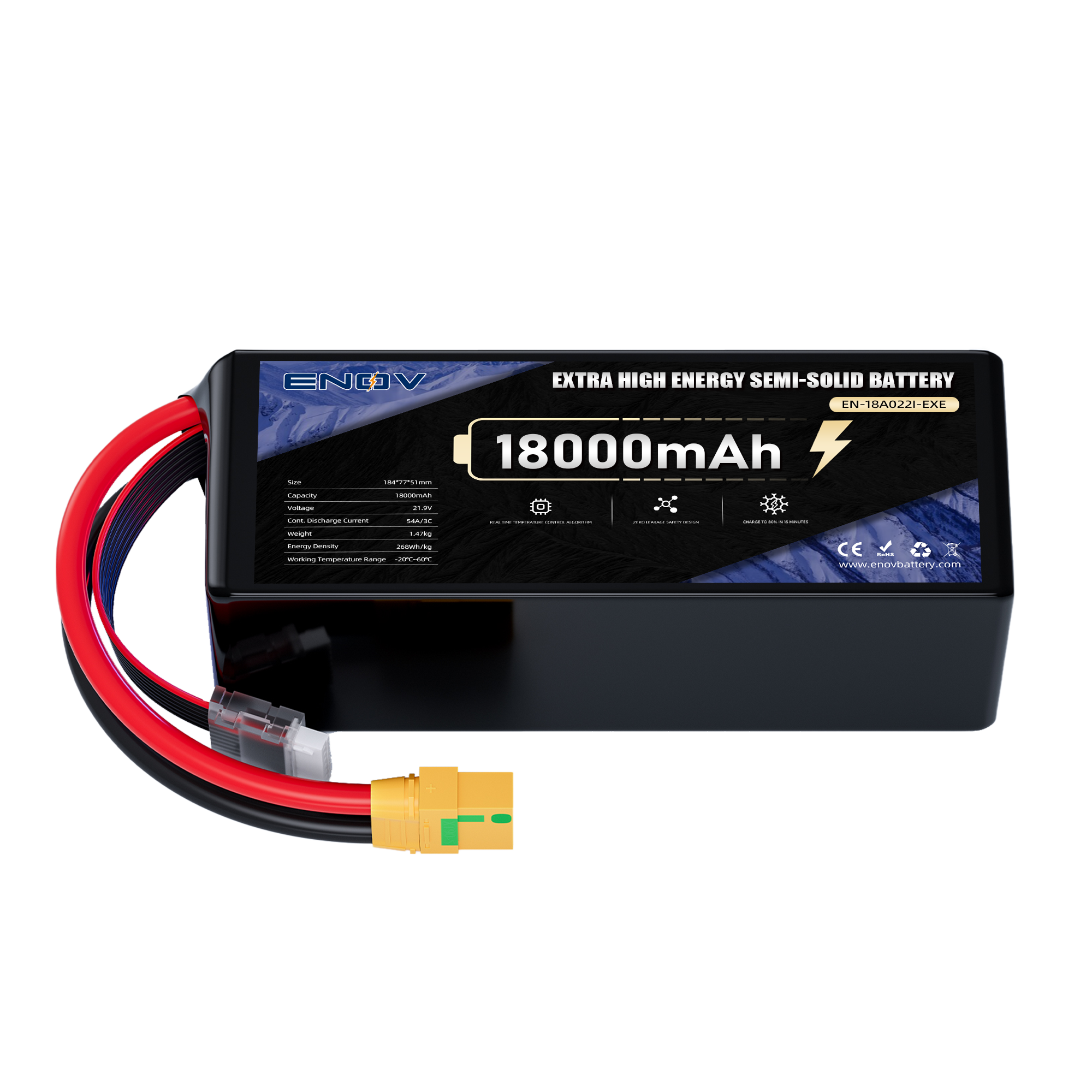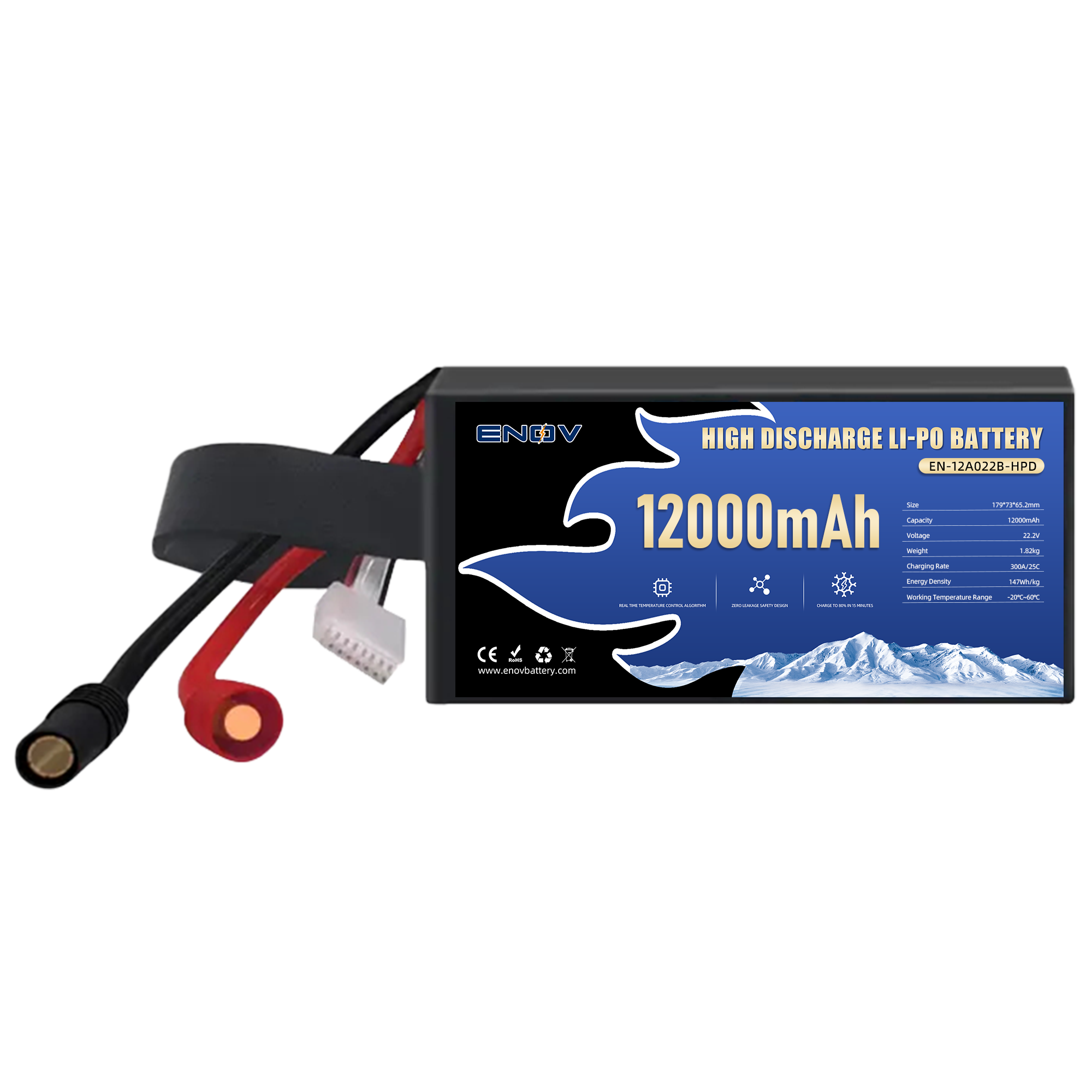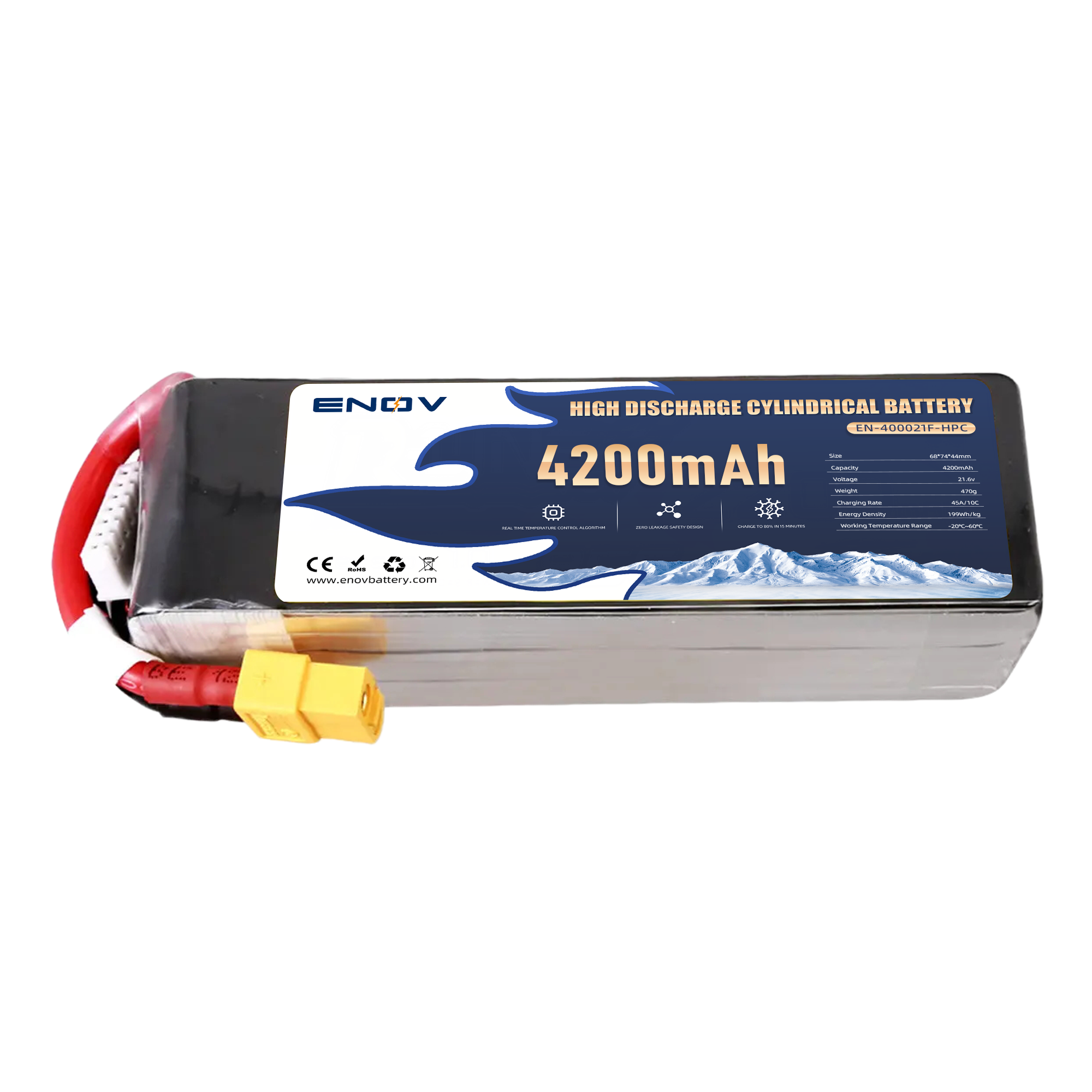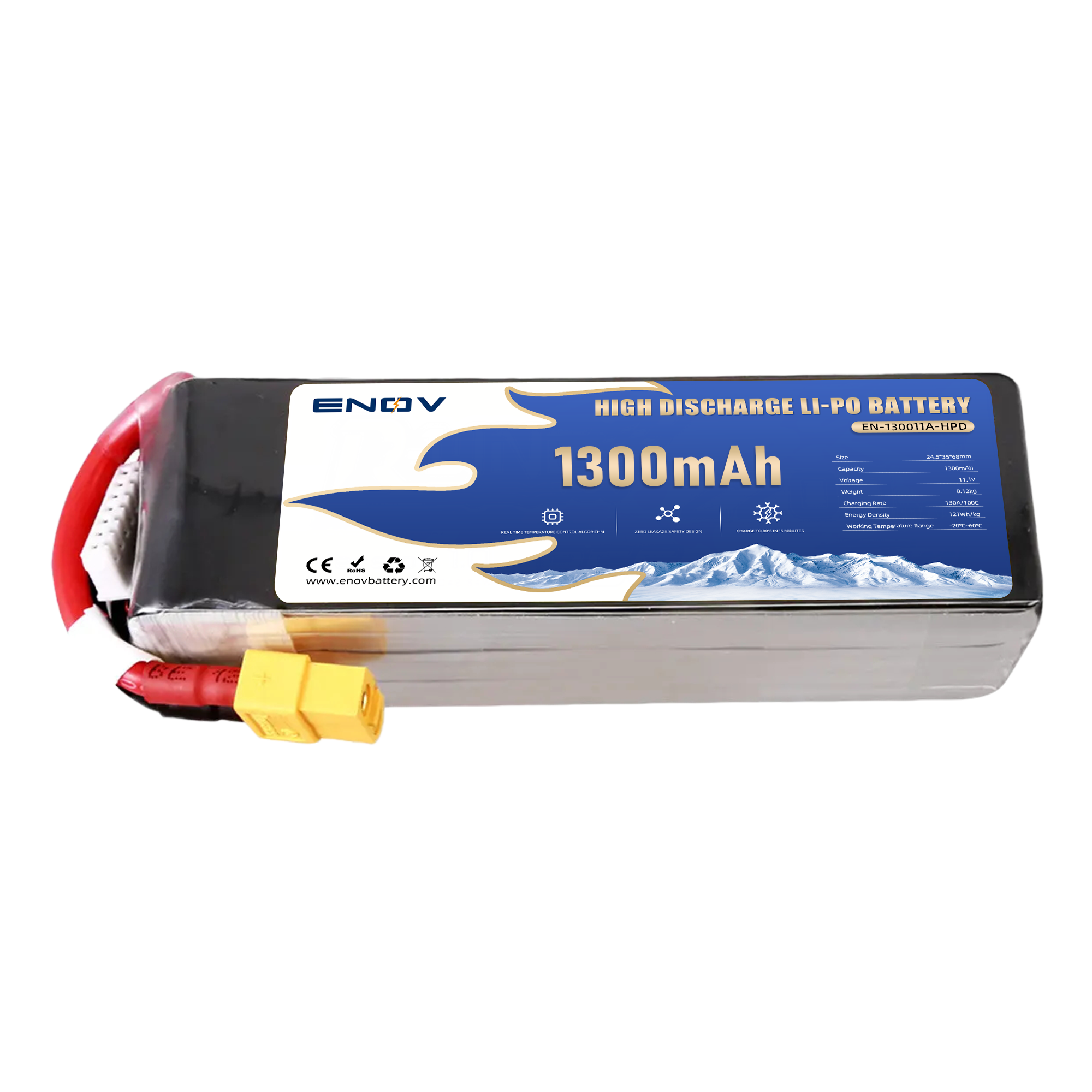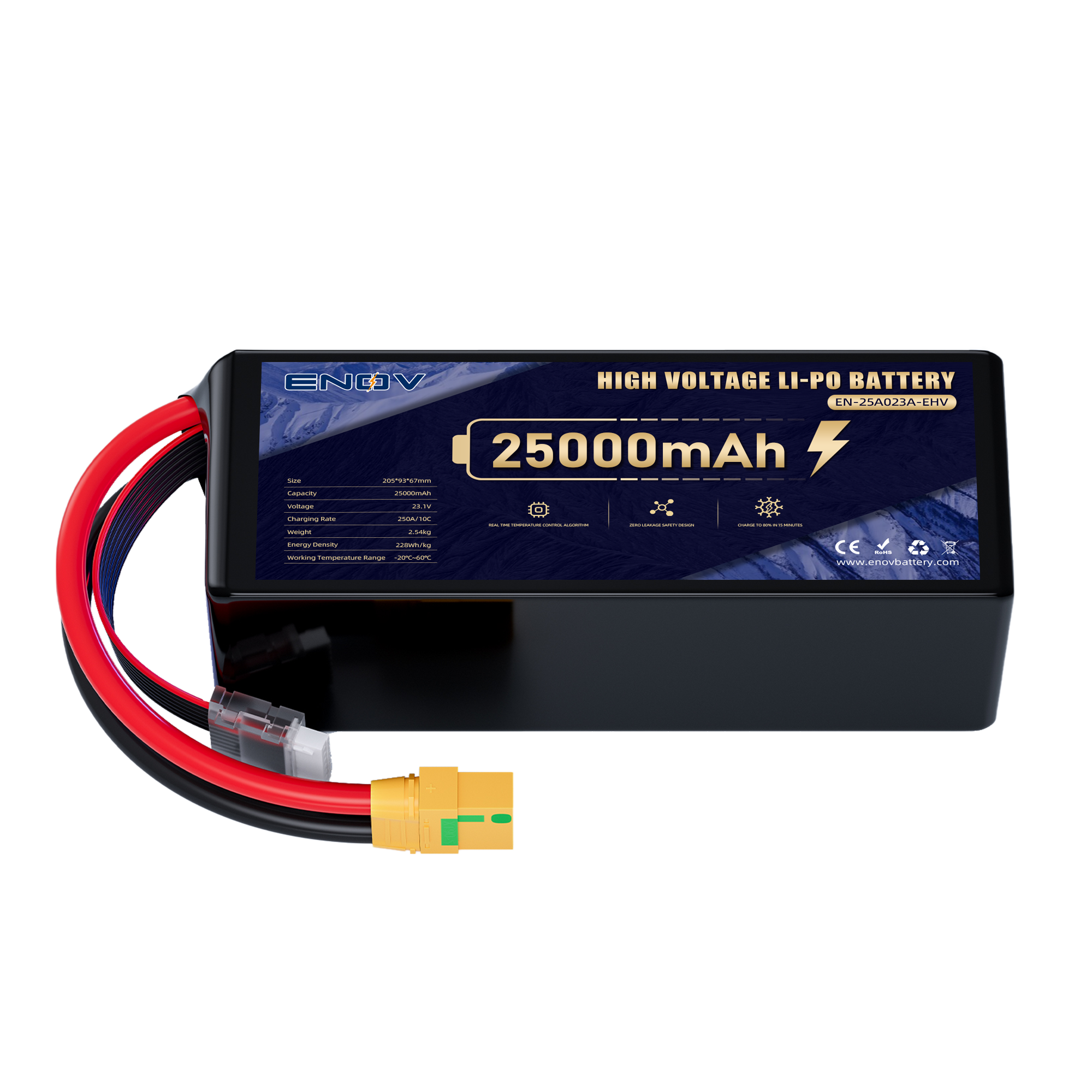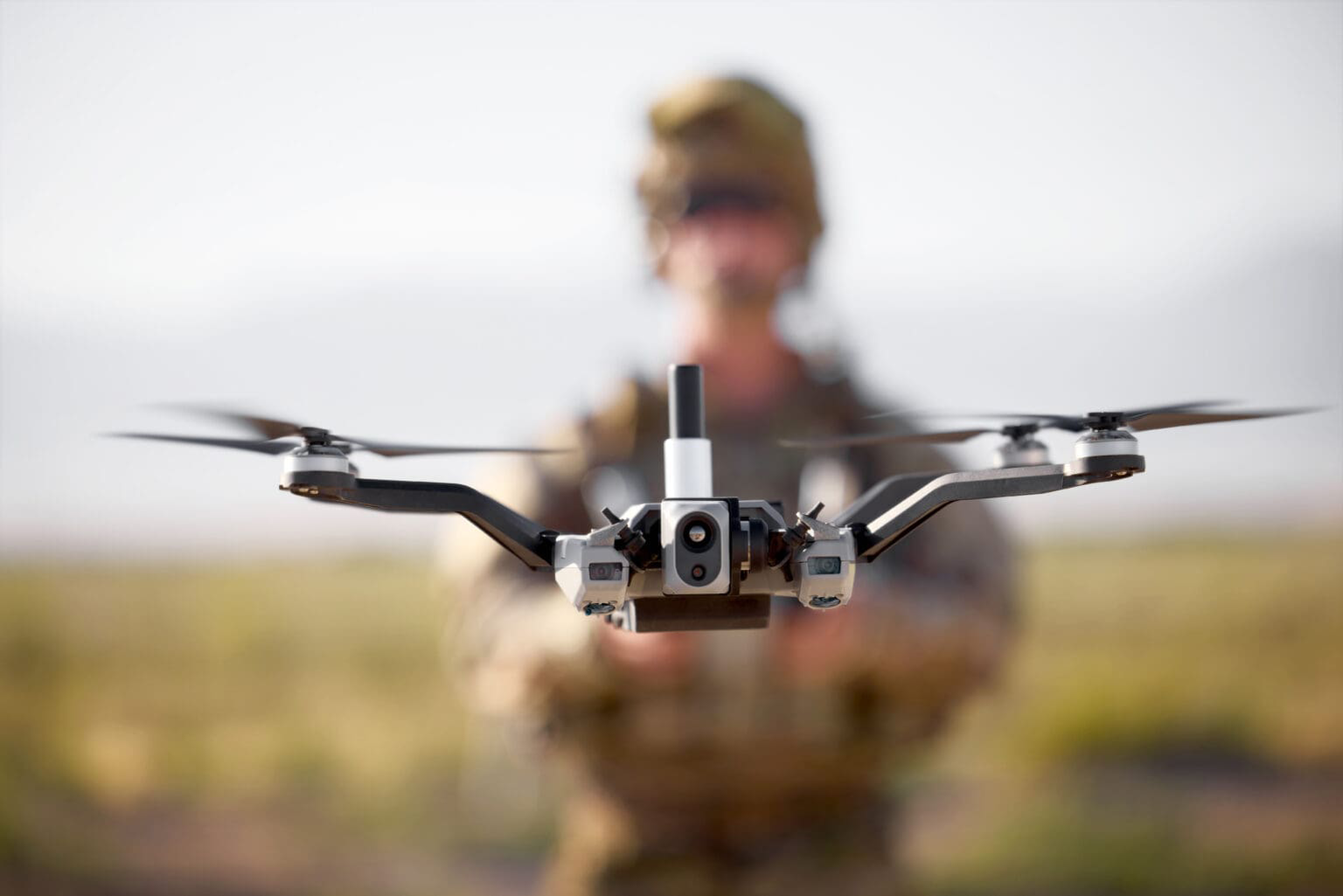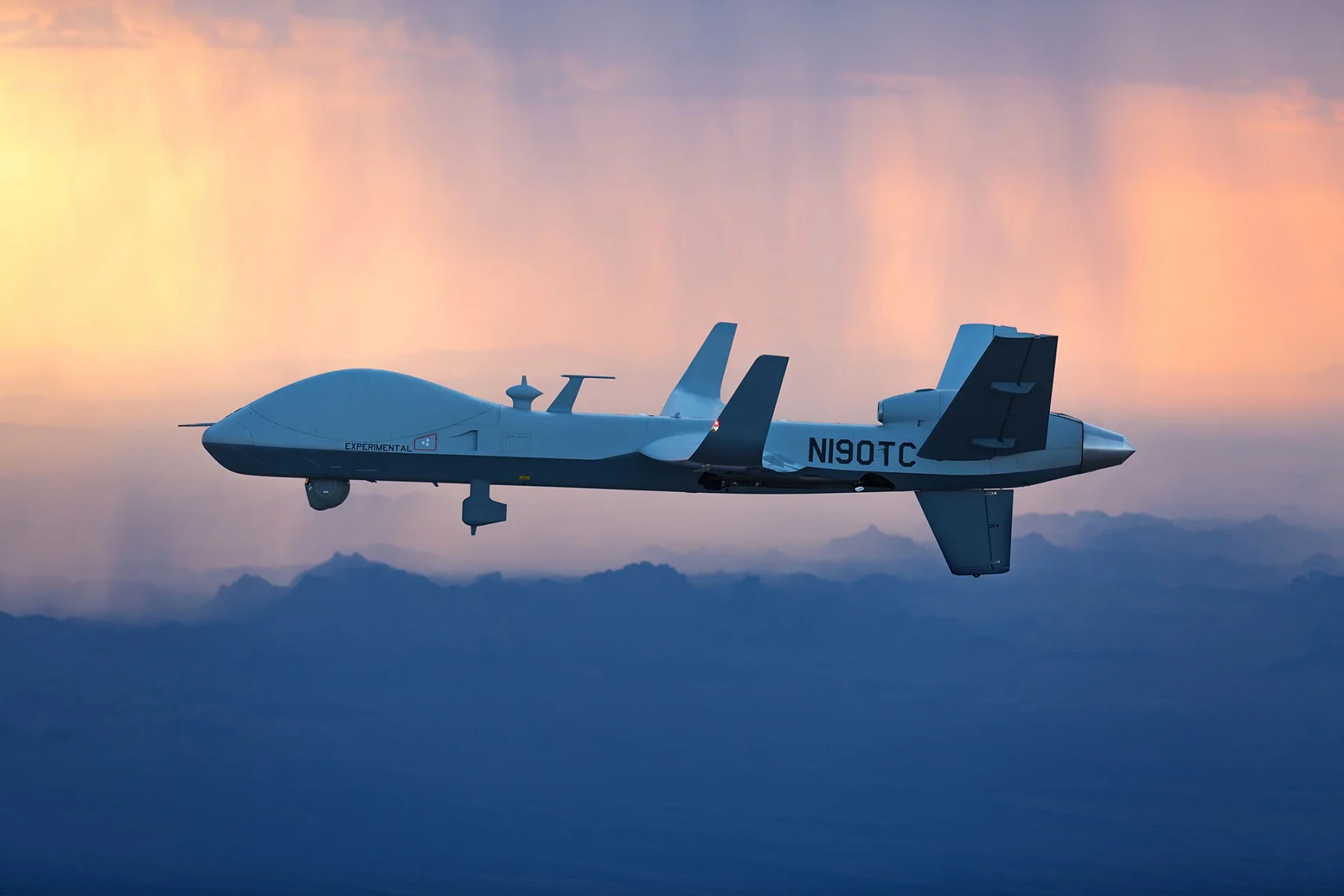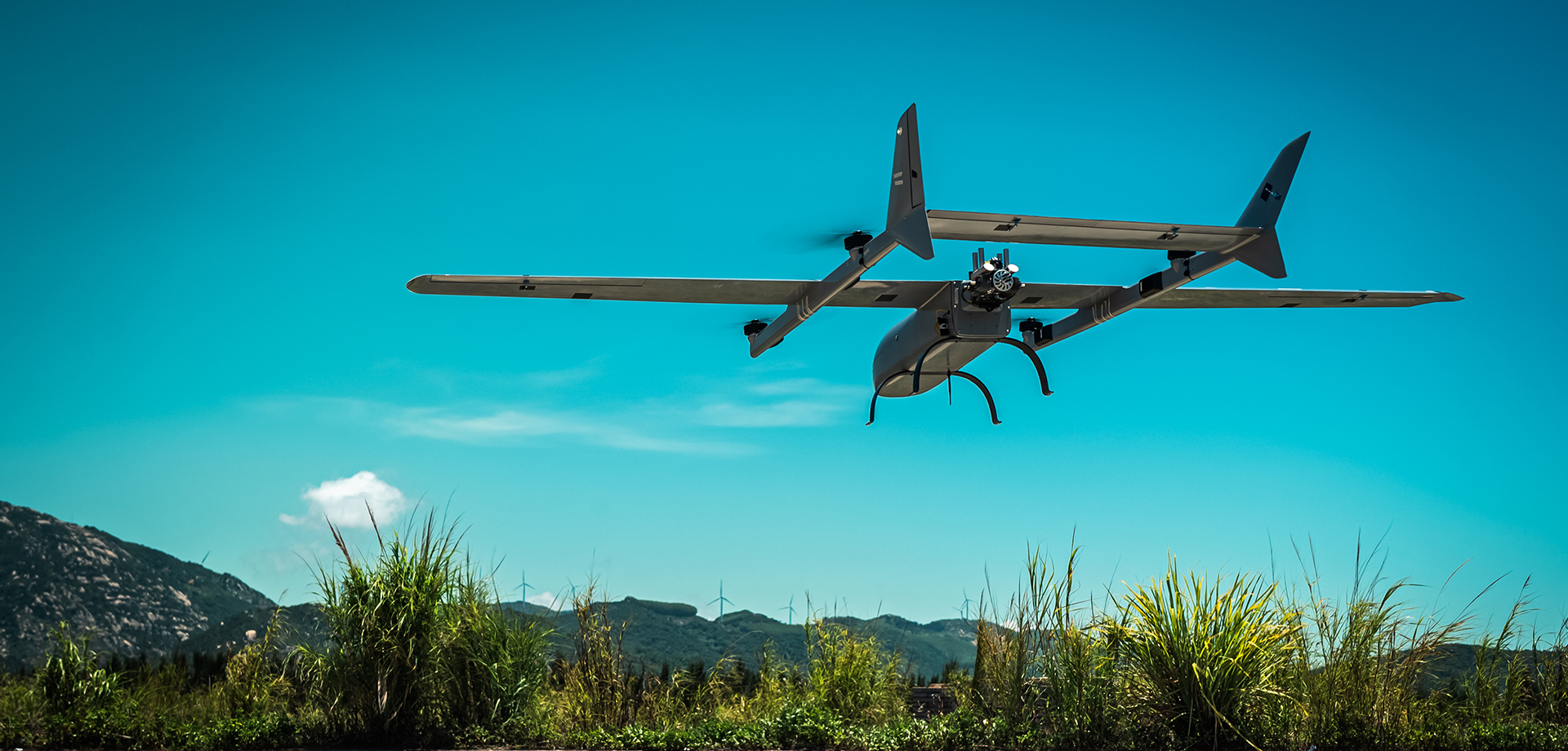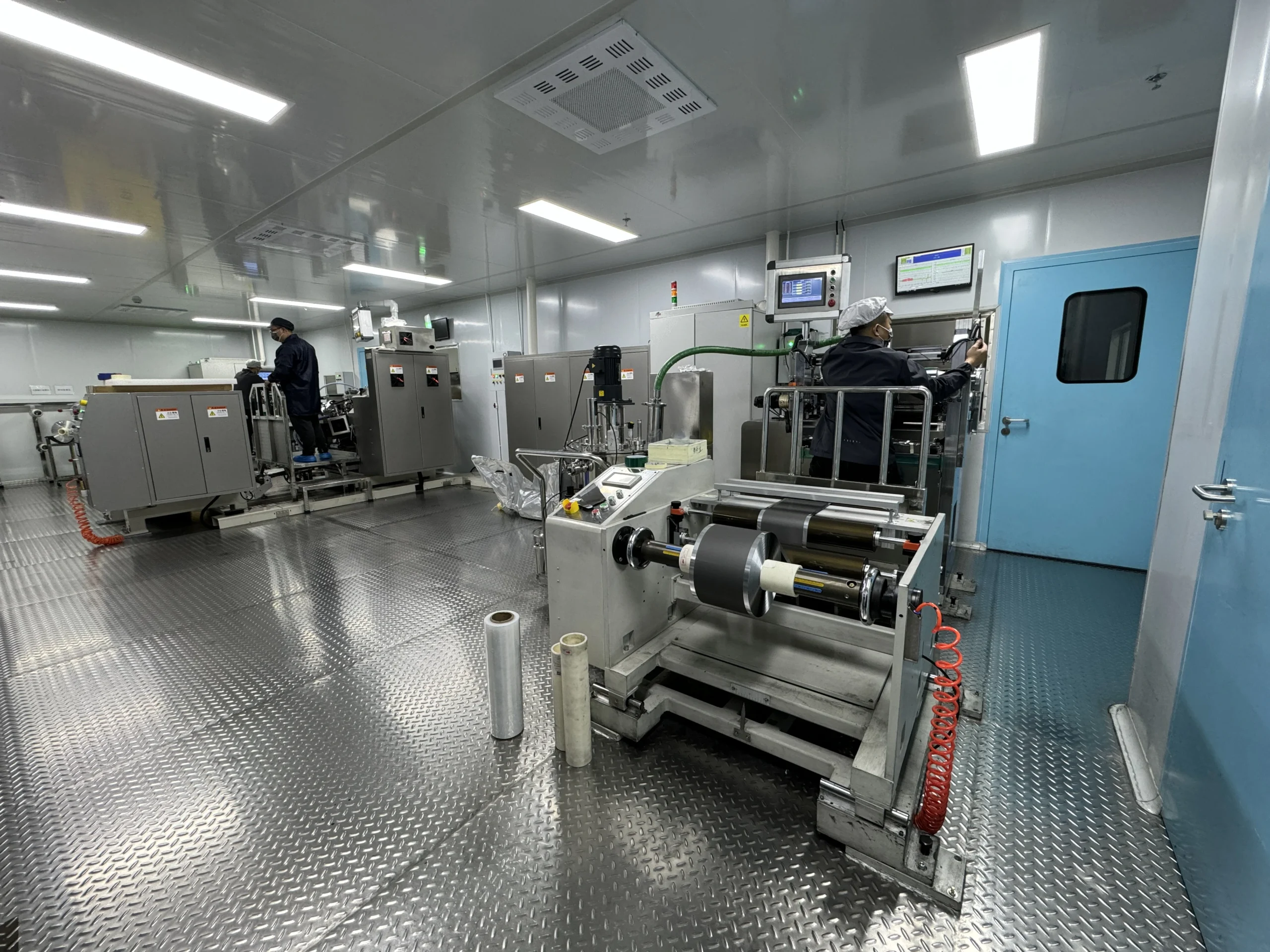Cobalt-Free Breakthrough: NMA Ternary Materials Slash Costs by 30% as High-Performance LiCoO₂ Alternative
main content
For drone manufacturers and operators prioritizing cost efficiency without compromising energy density or cycle life, cobalt dependency has long been a financial and ethical burden. The advent of nickel-manganese-aluminum (NMA) ternary cathode materials—engineered to deliver 260Wh/kg energy density at 30% lower cost than LiCoO₂—marks a strategic pivot toward sustainable, conflict-mineral-free battery solutions. By replacing cobalt with aluminum (10% Al content), NMA achieves price stability while maintaining thermal resilience critical for industrial drone applications.
The innovation centers on Al-doped layered oxide cathodes (LiNi₀.₈Mn₀.₁Al₀.₁O₂), where aluminum stabilizes the crystal structure, reducing oxygen release at 4.3V operation. Combined with hydroxide co-precipitation synthesis, this process yields uniform 5μm secondary particles with 98% phase purity (XRD-verified), slashing raw material costs by 33% versus LiCoO₂. Third-party testing under UN 38.3 and IEC 62660-3 confirms:
1,200 cycles with 82% capacity retention at 1C/1C rates (vs. LiCoO₂’s 1,000 cycles at 85%),
50% lower voltage fade during 10C pulsed discharge (-20°C to 60°C),
Thermal runaway thresholds elevated to 180°C (DSC testing) versus LiCoO₂’s 150°C.
A 2024 EU logistics trial demonstrated NMA’s viability: drones equipped with 6S NMA packs achieved 55-minute flight times (vs. 50 minutes for LiCoO₂) at 28% lower pack cost. Post-1,000-cycle SEM analysis revealed minimal microcracking (≤2μm vs. LiCoO₂’s 5μm), attributed to aluminum’s strain-absorbing properties.
Procurement essentials:
Cost transparency: Demand breakdowns of nickel/manganese/aluminum sourcing aligned with OECD Conflict Minerals Regulation.
Performance warranties: Third-party reports validating ≥80% capacity retention after 1,000 cycles (IEC 62619).
Drop-in compatibility: Ensure NMA cells match existing LiCoO₂ voltage profiles (3.6-4.3V) and BMS protocols.
A 2023 World Bank study linked NMA adoption to a 40% reduction in battery-related ESG risks for mining-sensitive regions. For procurement teams, 30% cost savings isn’t a compromise—it’s the recalibration of value where ethics and economics converge. Partner with innovators who engineer cobalt-free resilience, because progress shouldn’t hinge on scarce resources—it should transcend them.
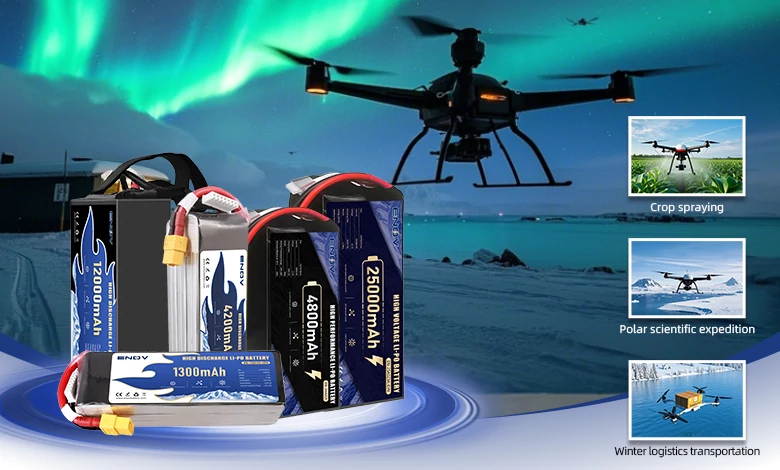
UAV DRONE battery
Enov UAV battery has the most advanced UAV battery new technology, it has a lightweight structural design, ultra-high energy density, stable continuous discharge, customized ultra-high instantaneous discharge, wide temperature working range, stable charge and discharge, battery materials can choose high nickel terpolymer positive/silicon carbon negative material system combined with semi-solid battery technology. Or choose a more mature application of more UAV lithium battery technology, available UAV battery nominal voltage 3.7V, capacity 18.0Ah ~ 30.0Ah, support 10C continuous discharge and 120C pulse discharge (3 seconds). With ultra-high energy density (220-300Wh/kg) as its core advantage, Enov UAV batteries can meet the needs of long-term endurance scenarios such as plant protection drones and transport drones, while maintaining stable emission performance in extremely low temperature environments (-40℃).
Other products
START-STOP LITHIUM BATTERY
LITHIUM ENERGY STORAGE BATTERY
QUICK INQUIRY
FAQ
Access to high frequency technical questions with one click, get accurate answers on product application, after-sales policy and customization process.
Service and Support
Get the latest product specifications, explore professional OEM/ODM customization services, click to open exclusive technical support and production solutions.
Become a Partner
We sincerely invite resources to interconnect, work together for win-win development, and immediately open a new chapter of strategic cooperation!
